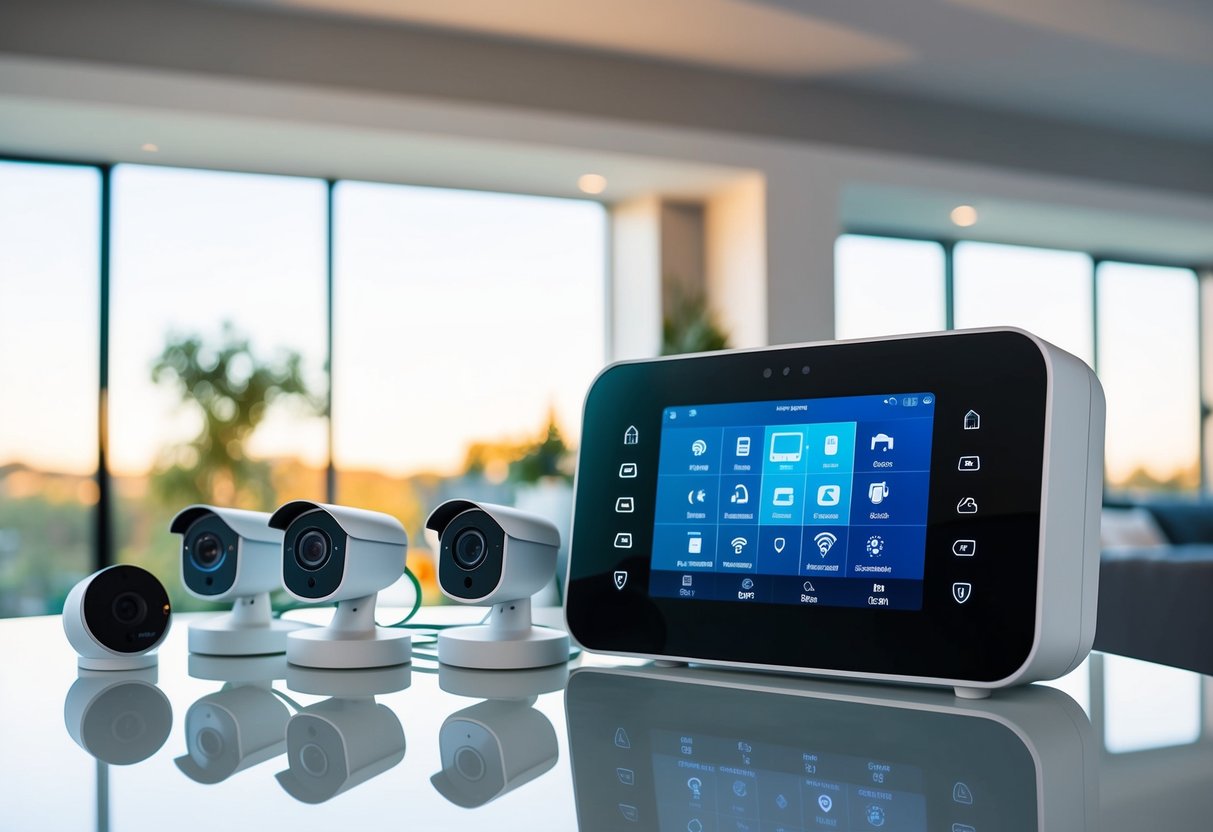Mastering Smart Home Technology for Relaxed Living
Smart Lighting and Natural Light Utilization
Smart lighting systems incorporate sensors and automated controls to optimize illumination throughout the home. By adjusting based on occupancy and time of day, these systems promote energy efficiency and comfort.
Natural light utilization further enhances this efficiency. Integrating smart blinds or curtains allows homeowners to manage sunlight exposure, reducing reliance on artificial lighting. This adjustment of natural and artificial light creates a pleasant living environment.
Energy savings are also achieved by using LED bulbs, which are more efficient than traditional lighting options. The combination of smart controls and energy-efficient lighting forms a cohesive system that ensures optimal brightness when needed and conserves energy when it is not. This balance of natural and artificial lighting results in both enhanced comfort and reduced utility costs.
Seamless Smart Home Integration
Integrating smart technology into everyday living can transform a home into a hub of convenience and efficiency. This section explores how machine learning and voice-activated assistants eliminate complexity, making technology an intuitive part of daily life.
The Role of Machine Learning
Machine learning plays a crucial role in seamless smart home integration by enabling devices to learn and adapt to user preferences. Through data analysis, smart home systems optimize lighting, heating, and other environmental controls.
These systems predict user behavior, adjusting settings automatically for enhanced comfort. Machine learning helps achieve energy efficiency by analyzing usage patterns and making necessary adjustments, reducing wastage.
Security is another key area transformed by machine learning. Intelligent surveillance systems detect unusual activity, providing timely alerts. Devices like smart locks can recognize familiar faces, granting access without manual input.
Voice-Activated Assistants in Daily Life
Voice-activated assistants, such as Amazon Alexa and Google Assistant, are pivotal in simplifying smart home interactions. These devices allow users to control their environments hands-free, providing quick access to information and services.
With voice commands, users can adjust lighting, manage thermostats, play media, and more, integrating technology smoothly into everyday tasks. These assistants learn from repeated interactions, improving their response to user preferences over time.
They also act as hubs for other smart devices, centralizing control and streamlining operations. This reduces reliance on multiple apps and interfaces for device management. Voice-activated assistants enhance the user experience, offering personalization and adaptability.
Enhancing Home Security with Smart Technology

Smart home security has become an essential aspect of modern living. With advances in smart technology, homeowners can improve security through devices like smart locks and comprehensive systems. These innovations provide a reliable way to safeguard properties and ensure peace of mind.
Smart Locks and Entry Systems
Smart locks utilize advanced technology to strengthen home entry points. They offer keyless entry options via smartphone apps, card swipes, or biometric recognition. This eliminates the need for physical keys, reducing the risk of unauthorized entry due to lost or stolen keys.
The technology provides real-time notifications, alerting homeowners when doors are accessed, and can integrate with other smart home devices. Some systems allow temporary access for guests or service personnel, enabling control even when the homeowner is not present. Manufacturers continue to innovate with features like auto-locking, voice control, and tamper alerts, enhancing security and convenience for everyday use.



